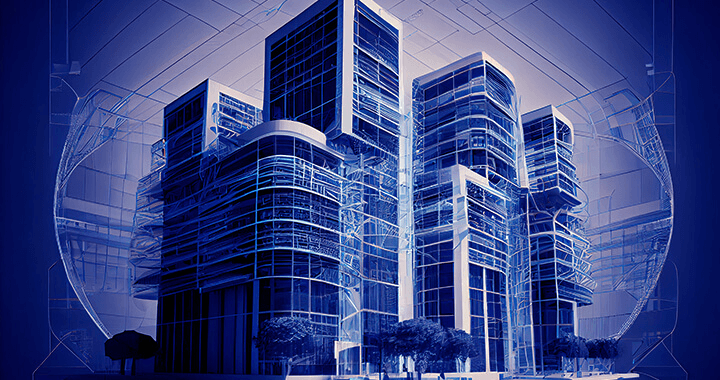In the world of building management, the integration of advanced technologies is crucial to optimising operations and maintenance. BIM Operation (Building Information Modeling) represents a revolution in this field, offering dynamic visualisation and management of information throughout a building’s lifecycle.
Understanding BIM operation
It is an extension of the Building Information Modeling concept, focusing on the building operation and maintenance phase. Unlike BIM, which is used during the design and construction phases, this approach focuses on making optimum use of the data collected during the earlier phases to improve the day-to-day management of the building. This approach enables precise visualisation of building components, better planning of maintenance operations and efficient management of resources. Using it, managers can access detailed information in real time, facilitating decisions based on accurate, up-to-date data.
Advantages of BIM operation
Adopting BIM Operation transforms building management in a number of beneficial ways. Firstly, it facilitates maintenance, where potential problems can be identified and resolved before they become critical, reducing repair costs and service interruptions.
Secondly, it improves operational efficiency by optimising the use of resources. It also facilitates compliance with environmental regulations, supports corporate sustainability objectives and promotes green building practices.
In short, it’s a solution that not only reduces costs, but also improves the overall performance of installations.
Challenges and solutions
There are a number of challenges to implementing BIM Operation, including resistance to change in established practices and budgetary constraints on adopting new technologies. Another major obstacle is the lack of specialist skills to manage BIM tools effectively. To overcome these challenges, it is essential to conduct targeted training for teams, ensure a gradual transition to new practices and clearly demonstrate the return on investment to justify initial expenditure. Partnerships with BIM experts can also provide the necessary technical assistance.
Complementary Technologies
To maximise its impact, it is crucial to integrate it with other advanced technologies. This section explores how combining BIM with systems such as the Internet of Things (IoT) and artificial intelligence (AI) can revolutionise building management. The IoT can collect real-time data on building performance, while AI can analyse this data to optimise energy use and anticipate maintenance needs. Together, these technologies enhance the capabilities of BIM Operation, making building management more proactive and less costly.
The adoption of BIM Operation represents a significant evolution in building management, offering a multitude of benefits from easier maintenance to improved energy efficiency. Despite the challenges, the strategies proposed here can help achieve a successful transition. For companies looking to maximise efficiency and minimise costs, integrating this solution into their building management practices is not only relevant, but also strategically advantageous. CODRA, with its Panorama Suite solution, is ideally positioned to help its customers navigate this complex technological landscape and make the most of their BIM investments.






